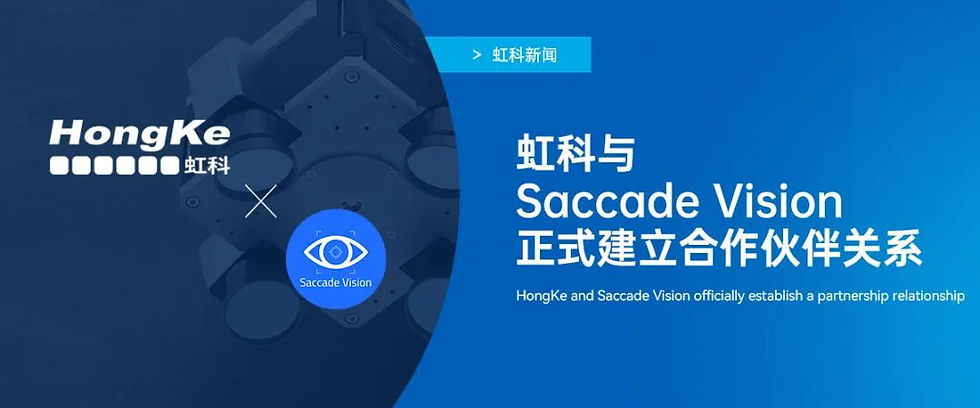Processing tech, 3D and SWIR in running for Vision Award
- Alex Shulman

- Aug 17, 2022
- 3 min read
Five candidates have been shortlisted for this year’s Vision Award, Imaging and Machine Vision Europe is pleased to announce.
Imaging & Machine Vision Europe, 17-08-2022
Submissions from Brighter AI Technologies, Edge Impulse, Kitov.ai, Saccade Vision and SWIR Vision Systems were selected by the judges from 61 entries. The winner will be announced at the Vision trade fair in Stuttgart at the beginning of October.
The entries include: two instances of clever uses of machine learning; software that automates inspection planning using CAD models; a novel 3D camera containing a MEMS scanner; and disruptive shortwave infrared camera technology.
The Vision Award, sponsored by Imaging and Machine Vision Europe, recognises innovation in the field of machine vision, and has been awarded at each Vision show since 1996.
Prophesee won last year’s award for its neuromorphic approach to imaging, which Martin Wäny of the judging panel called a 'new paradigm' in imaging technology.
Along with Wäny of TechnologiesMW, the judges that selected this year’s shortlist are: Jens Michael Carstensen, Videometer; Michael Engel, Vision Components; Gabriele Jansen, Vision Ventures; Dr-Ing Ronald Mueller, Vision Markets; and Christian Ripperda, Interroll Innovation.
MEMS-based 3D camera for industrial inspection and robotic guidance
Saccade-MD is a feature-based static laser line scanner based on a MEMS scanner for absolute scanning flexibility. The technology is similar to that used in solid-state lidar modules for autonomous vehicles, except that the MEMS mirror is in full control on both axes.
Employing patent-pending technology, Saccade imitates the saccadic movements of the human eye, whereby the brain captures an image using low-resolution receptors first, identifies objects of interest, and then captures interesting parts with high-resolution receptors.

Not only can the direction of the Saccade-MD scan be optimised so that the part doesn't have to be rotated to get a different viewing angle, but the system can vary the resolution, scanning the entire part at low resolution and then honing in on certain areas at very high resolution. This scanning flexibility means images can be acquired separately for different elements inside the field of view, and selective sub-pixel resolution can be achieved in 3D.
The data acquisition can be locally optimised based on a CAD model analysis of the scanned sample.
Saccade Vision is currently focusing on critical dimension measurements and 3D inspection in a few segments of precise manufacturing. The first is integrated inspection and metrology for metal working machines, for tasks such as: initial alignment or precise positioning of the piece inside the manufacturing tool; post-manufacturing off-line inspection; and metrology to provide predictive process and machine analytics.
Saccade Vision has partnered with Euclid Labs, a provider of offline robot programming, to deliver an inspection system integrated with a robotic material handling system, and installed on metal working machines.
The second area Saccade is concentrating on is 3D inspection in automated assembly lines. Recently, an electronics manufacturer installed a Saccade-MD system for 3D quality inspection on its fully automated assembly line. The Saccade-MD system has been running non-stop for the last six months. The camera system has already inspected more than one million units, where each assembly arrives for inspection on the line every 10 seconds.
What the judges say
‘Saccade Vision has developed a product for 3D measurement and inspection that addresses some major challenge
s for line scan-based 3D technology today. Its MEMS scanner... enables orientation and density of projected lines to be individually adapted to the part and surface properties, as well as to the measurement or inspection task.
‘Only the areas of interest are targeted, and the data resolution is adapted to each specific area based on the digital CAD model analysis of the sample.
‘The Saccade approach avoids the requirement for relative movement between part and sensor, leads to very time-efficient data acquisition, and increases the 3D data quality, through the avoidance of glare or occlusions, for instance.’



Comments